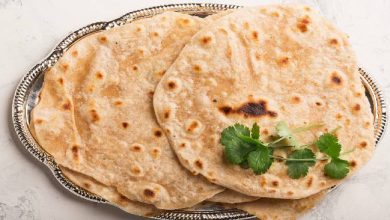Tea varieties and their skin benefits

Tea is the world’s second most consumed beverage, after water. Tea comes in a wide variety of flavours. And each one has its own history, flavour profile, and health benefits.
It’s incredible how a single plant can produce different flavour profiles depending on the level of oxidation. True teas—black, green, oolong, pu-erh, and white teas—are all made from the same tea leaves, technically known as the Camellia sinensis plant. Tea-like beverages that aren’t made from Camellia sinensis aren’t technically tea, but they’re often categorised as “herbal tea” or “tisanes.” Chamomile, mint, hibiscus, rooibos, and other herbs are among them.
Black tea
It has a number of health benefits due to the presence of antioxidants and compounds that can help reduce inflammation in the body and face.
Green tea
It is beneficial for fat loss, improved brain function, and heart health due to its high antioxidant content. It also helps to alleviate skin irritation and redness.
Oolong tea
It is excellent for lowering blood pressure, weight loss, improving sleep, and treating inflammatory bowel disease due to the presence of numerous health-beneficial compounds. It contains anti-allergenic ingredients that treat skin conditions such as eczema.
White tea
According to research, it can help reduce the risk of heart disease, fight skin ageing, and even aid in weight loss. The advantages of herbal teas differ depending on the type of tea.
-Chamomile and lavender teas can be used to treat insomnia.
-Hibiscus and blue pea butterfly teas are high in antioxidants and extremely beneficial to the skin.
-Mint and ginger teas are excellent digestive aids.
In short, no matter what type you choose, a cup of tea can never go wrong!






